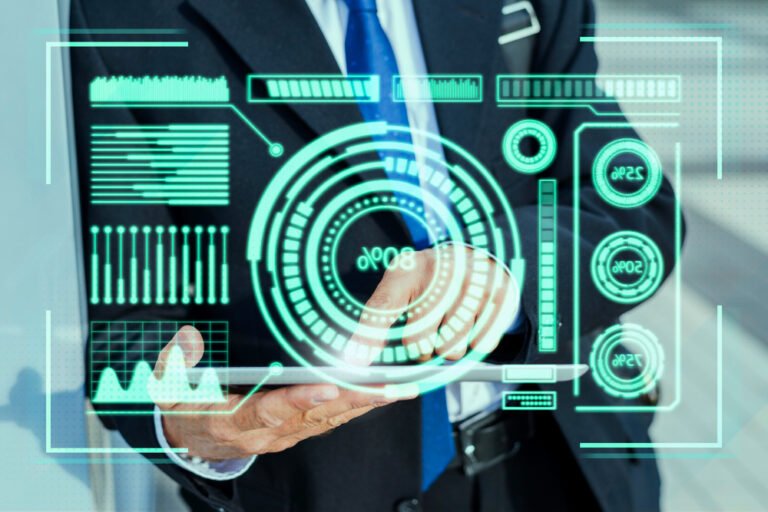
There is always a tug of war between monitoring and privacy. How much monitoring is too much, and how much intrudes on the ones being monitored to make them uncomfortable? The “cameras everywhere” approach is easy but annoying. Privacy first is the way to go, especially in health monitoring.
Recently, Fujitsu launched the mmWave technology for monitoring. mmWave is Millimeter wave monitoring. It has been conducting experiments for the last few years.
The system works by picking up on subtle body movements – even breathing and muscle activity – using radar technology rather than cameras.
The solution
Once the data points have been collected, AI makes sense of these patterns to understand if something is out of the ordinary. Like if someone has fallen and cannot get up.
The low-priced millimeter wave sensors provide fine-grained point cloud data. When fused with time series information of point cloud data in a series of human body movements, this data produces fine-grained point cloud data.
A detailed analysis of human behavior using a common 79 GHz millimeter-wave sensor compliant with the Radio Law of Japan.

mmWave Technology
The 5G spectrum encompasses a wide range of radio frequencies that are pivotal for data transmission across cellular networks. These frequencies are broken into their own distinct bands. Each with their unique capabilities to realise the full potential of 5G’s speed.
- FR1 – Frequency Range 1 spans lower frequency bands from 410 MHz to 7.125 GHz. This spectrum is crucial for widespread coverage and enhanced penetration, making it useful for urban and suburban environments
- FR2 – This is the millimeter wave bands from 24.25 GHz to 71.0 GHz. These bands deliver at high speed with low latency. This is useful in dense environments like cities, stadiums, and concert venues. Because of high data transmission capabilities, they enable advanced applications like real-time augmented reality, ultra-HD video streaming, etc

Aging and Caregiving
Care home managers often struggle with the issue of privacy when monitoring with cameras. The dignity factor matters enormously, particularly in accessible toilets and personal care situations. This radar approach seems to strike a sensible balance to keep people safe without compromising their dignity.
Another main issue is overnight supervision. With ageing populations combining with staffing shortages to create nothing short of a crisis across the sector, technologies like this mmWave monitoring solution that can act as an extra pair of eyes during the graveyard shift are in high demand.
The Alarms are sent out to designated care staff who can go and check on the patient in a time of need.

The system can operate automatically, supporting 24-hour monitoring and management tasks. It works during night and early morning hours when staffing is limited. Since it does not record video footage or collect personal data of any kind, privacy can be maintained.
As Fujitsu’s technology detects using millimeter-wave radar, it can be used effectively in low-light environments.
The system is equipped with a function to issue alerts under specific conditions. Examples, when a person falls and does not get up for a certain period, when a person remains in a specific location for an extended time, or when anomalies occur during sleep, including breathing difficulties.

Conclusion
In most countries, the Care Quality Commission is increasingly focusing on both dignity and safety in their inspections, and technologies that address both requirements simultaneously could find themselves pushing at an open door. mmWave could go a long way in meeting these goals.
Interested in a similar solution for your facility? Reach out to us for a no-obligation discussion, and we will be happy to share an anonymised list of use cases and case studies that we have helped with.



